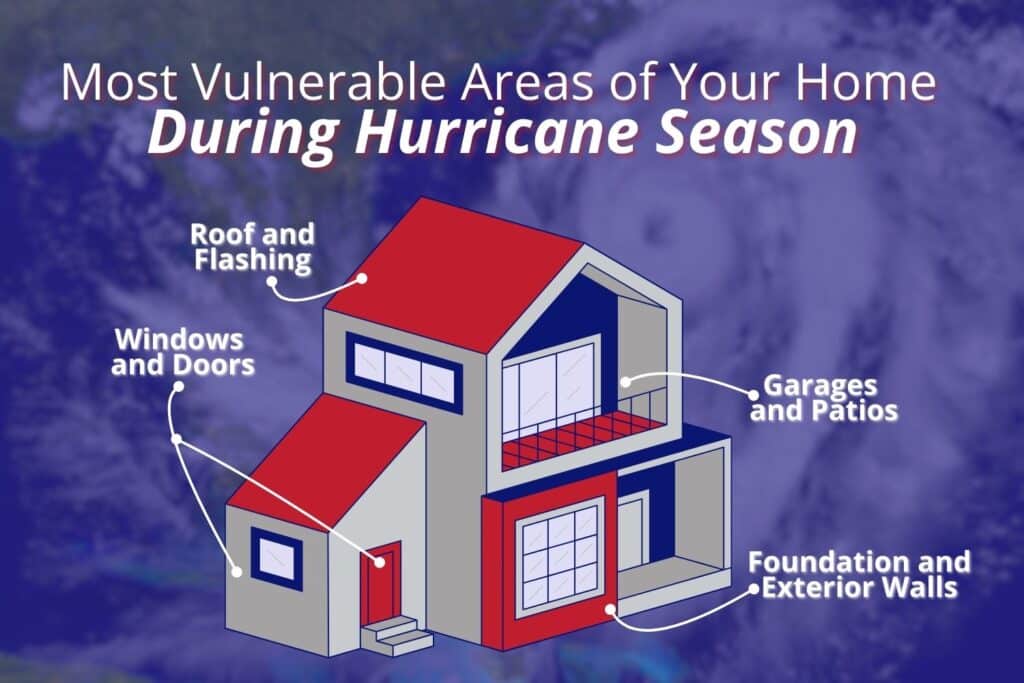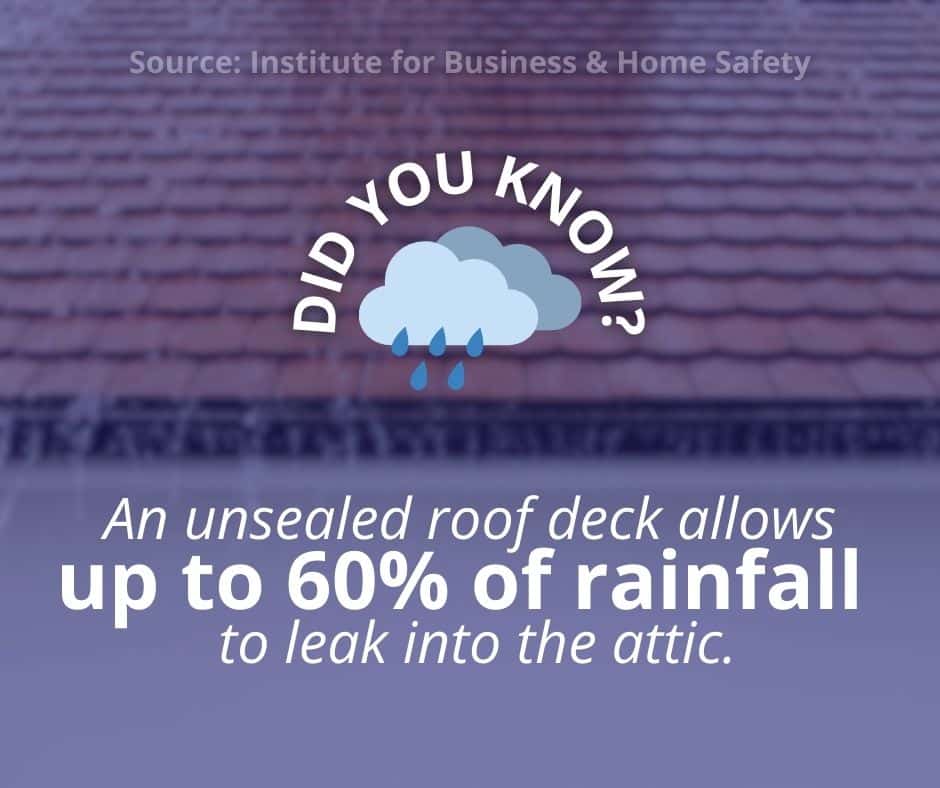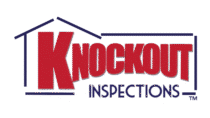Florida homeowners know the drill. When hurricane season rolls in, you stock up on supplies, watch the forecasts, and hope your home holds strong. But what if there was a way to fortify your Florida home long before the next named storm appeared on the radar?
The FORTIFIED Home™ program is one of the best ways to do just that. By taking steps to strengthen your home now, you can reduce storm damage later, lower your insurance costs, and protect the people and property that matter most.
Let’s break down what fortification actually means, how it differs from basic building code, and what you can do to start hurricane-proofing your home today.
What Is a Fortified Home?
A FORTIFIED Home™ is a home built or retrofitted to meet standards developed by the Insurance Institute for Business & Home Safety (IBHS). These standards go beyond code, using scientific testing to improve how a home performs under extreme weather.
FORTIFIED homes are designed to resist:
- High winds from hurricanes or tropical storms
- Wind-driven rain
- Uplift forces that cause roof loss
- Structural pressure that leads to water intrusion
The goal is not to make your home completely indestructible. The goal is to reduce the severity of damage so that you can recover faster and more affordably.
Knockout Inspections is an approved FORTIFIED Evaluator, which means we can assess your property and document the improvements needed to meet certification requirements.

3 Levels of Fortification
Not every home needs the highest level of protection. FORTIFIED offers three levels so homeowners can build gradually or focus on the most vulnerable features first:
1. FORTIFIED Roof™
This is the most common starting point and includes:
- Sealed roof deck to prevent water intrusion
- High-wind-rated shingles or metal roofing
- Locked-down edges with drip edge and underlayment
- Reinforced roof-to-wall connections
Most hurricane damage begins with the roof. Once shingles or panels lift, water pours in. Strengthening this area protects the entire structure below.
2. FORTIFIED Silver™
Includes everything in the Roof level, plus:
- Reinforced gable ends
- Enhanced attic bracing
- Anchored attached structures like carports and porches
This level focuses on maintaining the shape and frame of your home under pressure.
3. FORTIFIED Gold™
Adds:
- Full load path connections from the roof to the foundation
- Upgraded wall systems and connections
Gold is ideal for new construction or major rebuilds where complete system upgrades are possible.
Why This Matters for Florida Homes
According to the Florida Office of Insurance Regulation, wind-related losses are among the most expensive and common homeowner claims in the state. Hurricane Ian alone caused over $112 billion in damage, much of it tied to roofing failures.
FORTIFIED homes perform better in these events. A study by IBHS found that FORTIFIED Roofs reduced damage by up to 50% in hurricane conditions.
Not only does this mean fewer repairs, but many insurers offer premium discounts for certified homes. Some counties also provide property tax relief for homes meeting FORTIFIED standards.
How to Fortify Your Florida Home
You don’t need to wait for a major remodel to start protecting your home. Many of the most effective steps are small upgrades or maintenance habits that reduce risk in storm conditions.
Here’s how you can start today:
1. Schedule a FORTIFIED Evaluation
A certified evaluator can assess your roof, structure, and key openings to see where you’re vulnerable. Even if you’re not ready for full certification, this report gives you a roadmap for gradual improvement.
Knockout Inspections offers this service and can explain what matters most based on your home’s location, age, and design.
2. Seal the Roof Deck
If you’re replacing shingles or patching areas, ask your contractor to apply roof deck sealing tape or adhesive underlayment. This extra layer prevents rain from entering if shingles blow off. It’s a relatively low-cost upgrade that protects your interior from costly water damage.
3. Reinforce Garage Doors and Entry Points
Garage doors are a weak spot in high winds. You can add a bracing kit or replace it with a wind-rated model. For doors and windows, install storm shutters or use impact-rated panels you can mount before a storm.
Seal any visible gaps with caulk or weatherstripping to stop wind-driven rain from entering.

4. Anchor Outdoor Structures and Items
Walk around your yard and secure anything that could become airborne in high winds: patio furniture, grills, landscaping décor, garbage cans, etc. For structures like sheds, carports, and pergolas, ensure they’re anchored to the ground or attached to your home with metal straps and lag bolts.
5. Clear Roof and Gutter Systems
Water needs a clean path away from your home. Regularly remove leaves and debris from your roof, gutters, and downspouts. Install gutter guards if needed. Backed-up water near the eaves or foundation can cause damage even in a moderate storm.
6. Check and Improve Drainage Around the House
Make sure the soil around your foundation slopes away from the house. If water tends to pool, consider adding gravel, installing a swale, or using a small French drain to redirect runoff. Keeping the base of your home dry reduces the chance of foundation damage or water intrusion.
Common Questions About Fortifying
What’s the difference between FORTIFIED and the Florida Building Code?
Florida’s code sets the minimum standard. FORTIFIED goes beyond that, based on real-world research from full-scale weather simulations. It adds extra layers of protection not currently required by code.
Is FORTIFIED just for new construction?
No. Many homeowners retrofit existing homes. You can start small, such as with a roof upgrade, and work your way up to higher levels.
Does certification require a full remodel?
Not at all. While some improvements may be structural, many are affordable changes like adding roof deck tape, upgrading fasteners, or sealing vents.
Do I have to recertify every year?
You do need to renew your FORTIFIED certificate periodically to keep insurance discounts valid. Knockout Inspections can guide you through this process.
When to Call a Professional
If you’re unsure whether your home meets current wind resistance standards, or you’ve never had a storm-readiness inspection, now is the time to act. Don’t wait until the next named storm is on the news.
- Perform a FORTIFIED Evaluation
- Recommend key retrofits based on your home’s current setup
- Help you understand which level of certification fits your goals
- Inspect and report on other structural concerns
Whether you’re replacing a roof, buying a new home, or just want to reduce insurance costs, our team can walk you through every step.
Conclusion
Fortify your Florida home. It’s one of the smartest moves you can make as a homeowner.
With guidance from a FORTIFIED Evaluator like Knockout Inspections, you can make informed decisions that actually improve your home’s storm readiness. Don’t wait until it’s too late. Get ahead of the next storm season while the skies are still clear.

